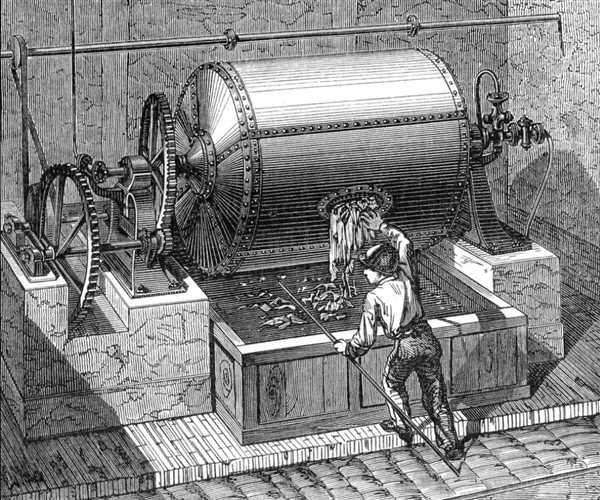The History and Evolution of Paper: A Comprehensive Overview
Paper is one of the most widely used products in the world, essential to daily life and used in a variety of applications such as writing, printing, packaging, and many more. But when was paper first invented, and how did it evolve into the product we know today? In this article, we'll delve into the fascinating history of paper and its evolution.
Invented in China around 105 AD
Paper was first invented in China, around 105 AD, by Cai Lun, a court official during the Han dynasty. Cai Lun is credited with inventing the process of making paper from a mixture of pulped fibers, including rags, hemp, and other plant materials. The invention of paper revolutionized how people recorded and transmitted information, quickly becoming popular throughout China.
Spread to the Islamic World and Europe
During the 7th century, papermaking spread to the Islamic world, and by the 8th century, paper mills were established in Samarkand, present-day Uzbekistan. From there, the knowledge of papermaking spread to the West, reaching Europe in the 12th century. The first European paper mill was established in the Iberian Peninsula in 1150.
The Evolution of Papermaking Techniques
Over the centuries, papermaking techniques have evolved and improved. In the 19th century, the Fourdrinier machine was invented, which allowed for the continuous production of paper. This invention made paper production much faster and more efficient, leading to a significant increase in the availability and affordability of paper.
The advent of the 20th century saw the introduction of new materials, such as wood pulp, which allowed for the production of paper from sustainable and renewable resources. The use of chemical pulp also made it possible to produce a paper of higher quality with better printing and writing properties.

The Future of Paper
Despite the increasing popularity of digital media, paper remains a crucial and irreplaceable product. In recent years, there has been a renewed focus on sustainability and environmental protection, leading to the development of new, environmentally-friendly papermaking techniques. The future of paper is likely to involve continued innovation and the use of renewable and sustainable resources, as well as the development of new and improved applications for paper.
Conclusion
In conclusion, paper is a product that has undergone significant evolution since its invention in China over two thousand years ago. From the early days of pulped fibers and simple papermaking techniques to the high-tech and efficient production methods of today, paper has become an essential product that is essential to daily life. With continued innovation and the use of sustainable resources, the future of paper looks bright and full of possibilities.